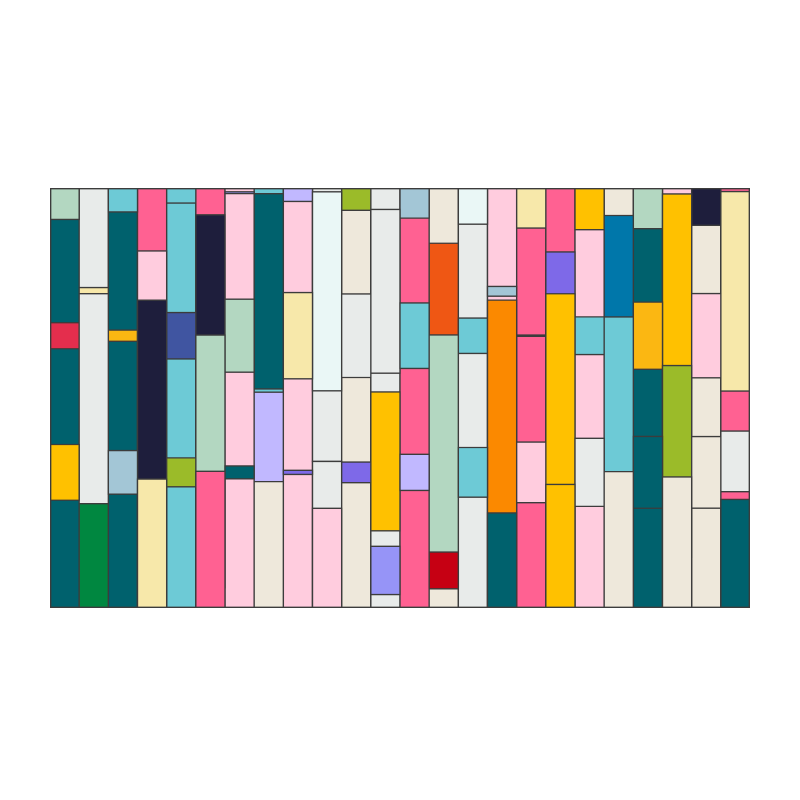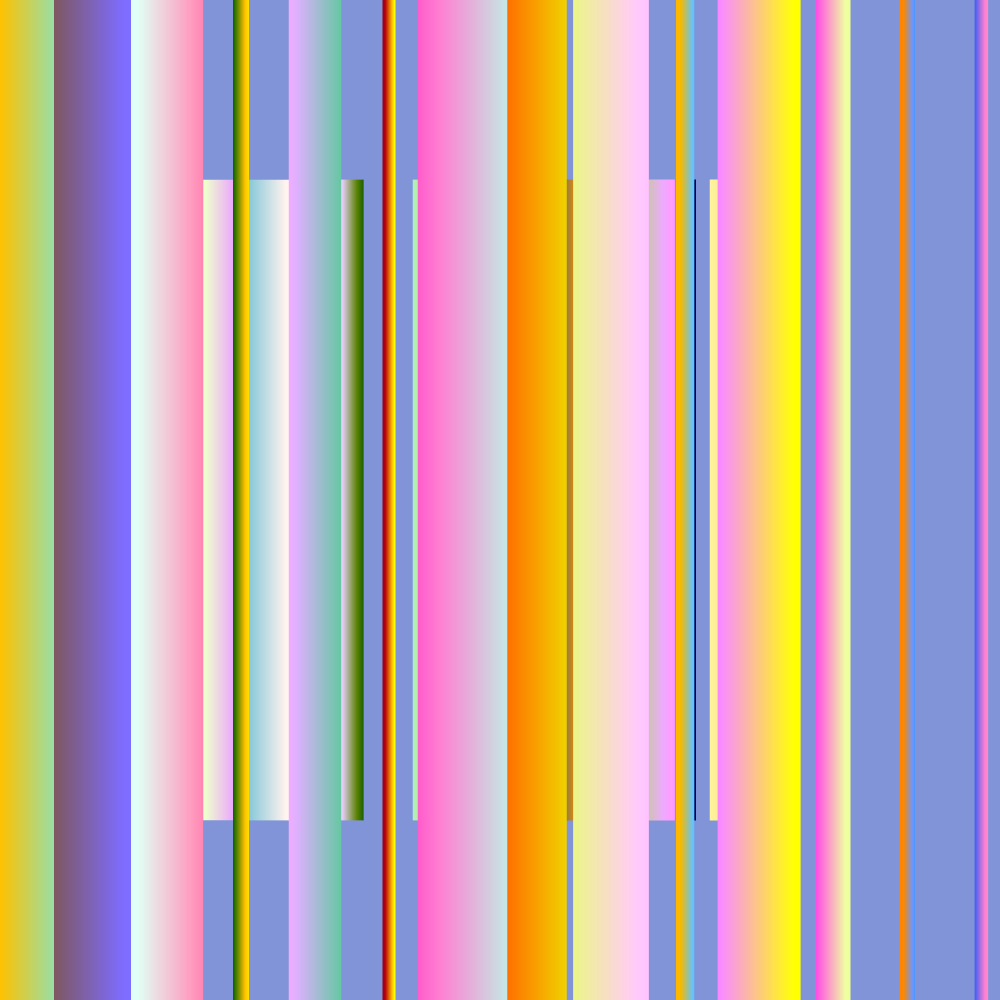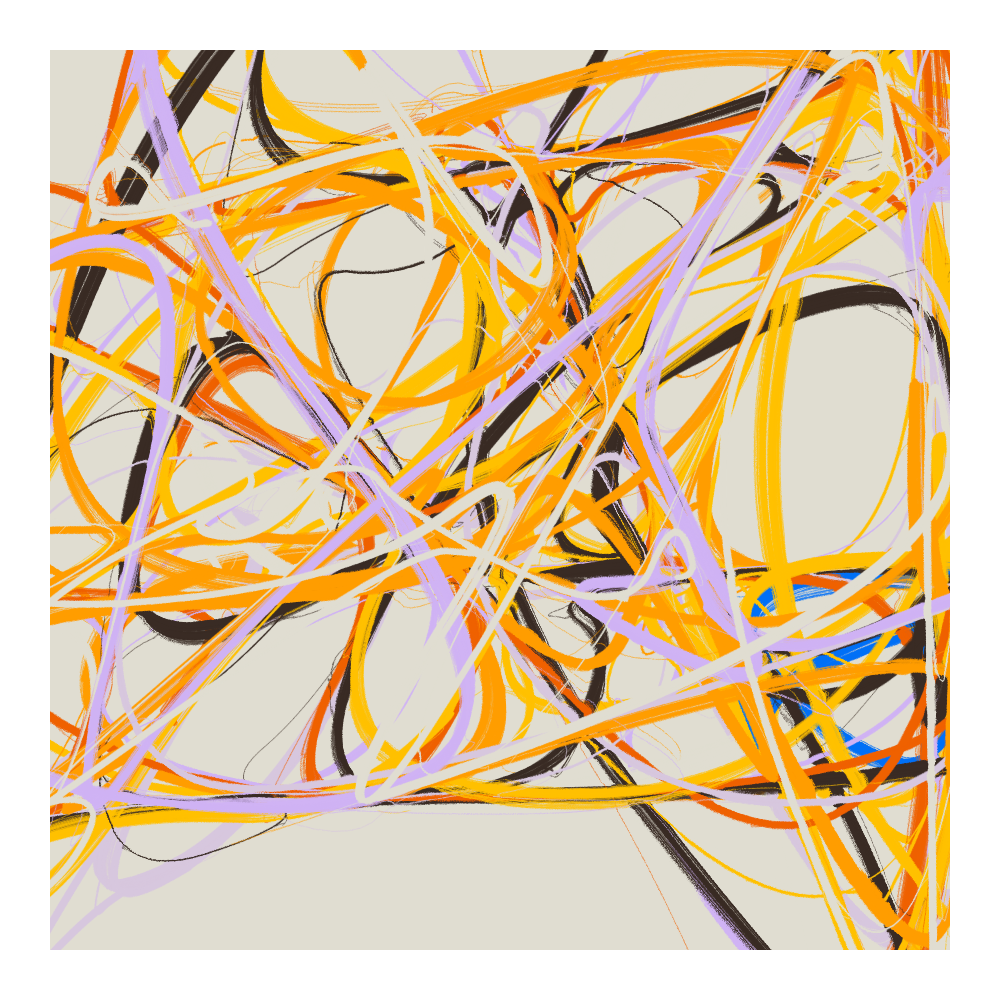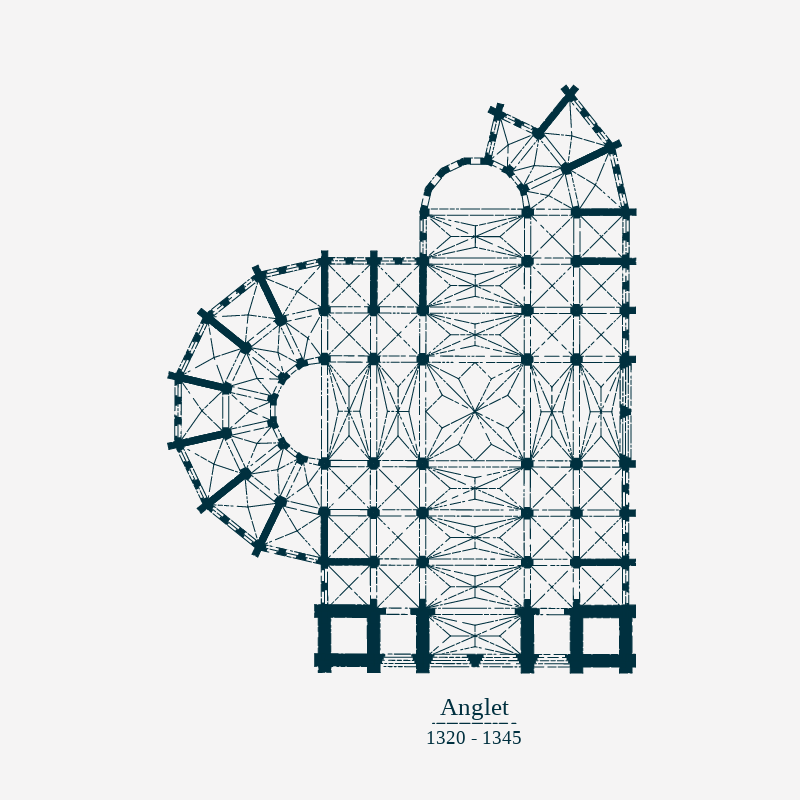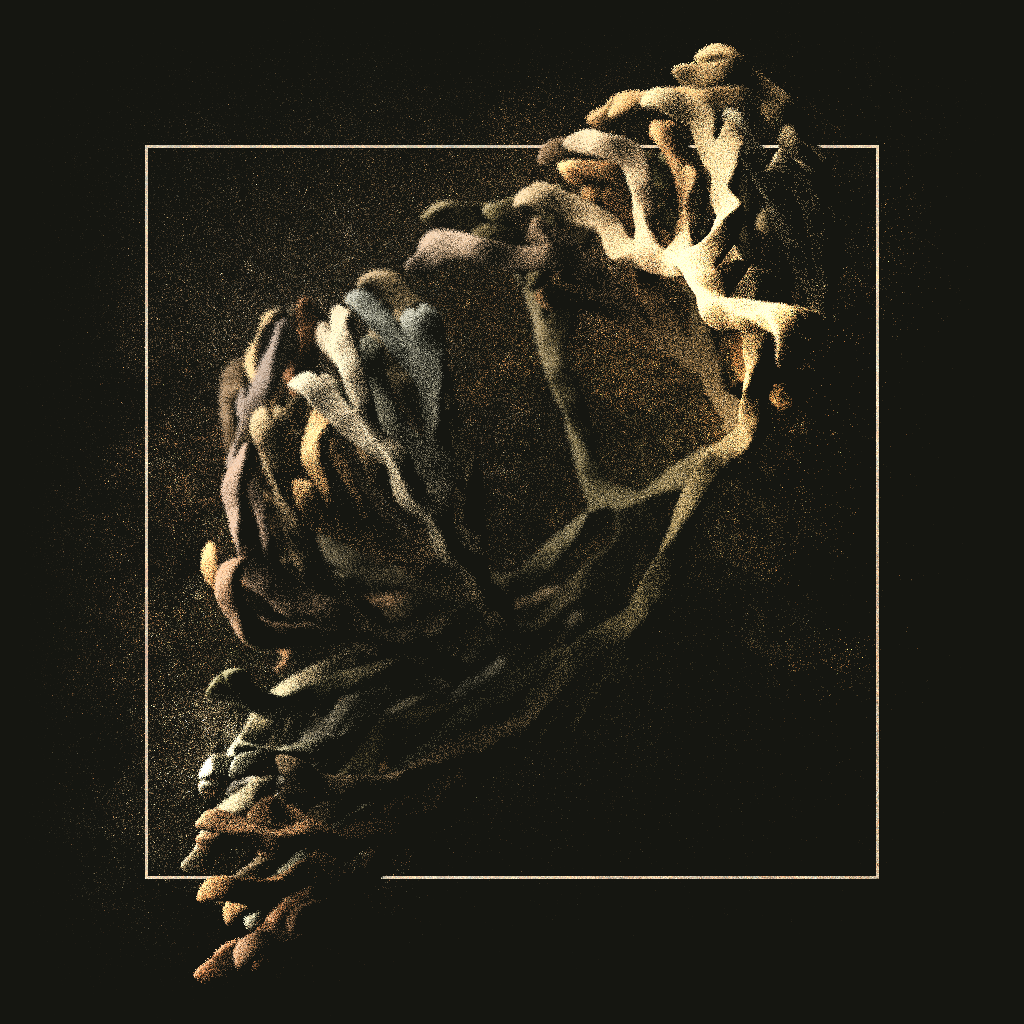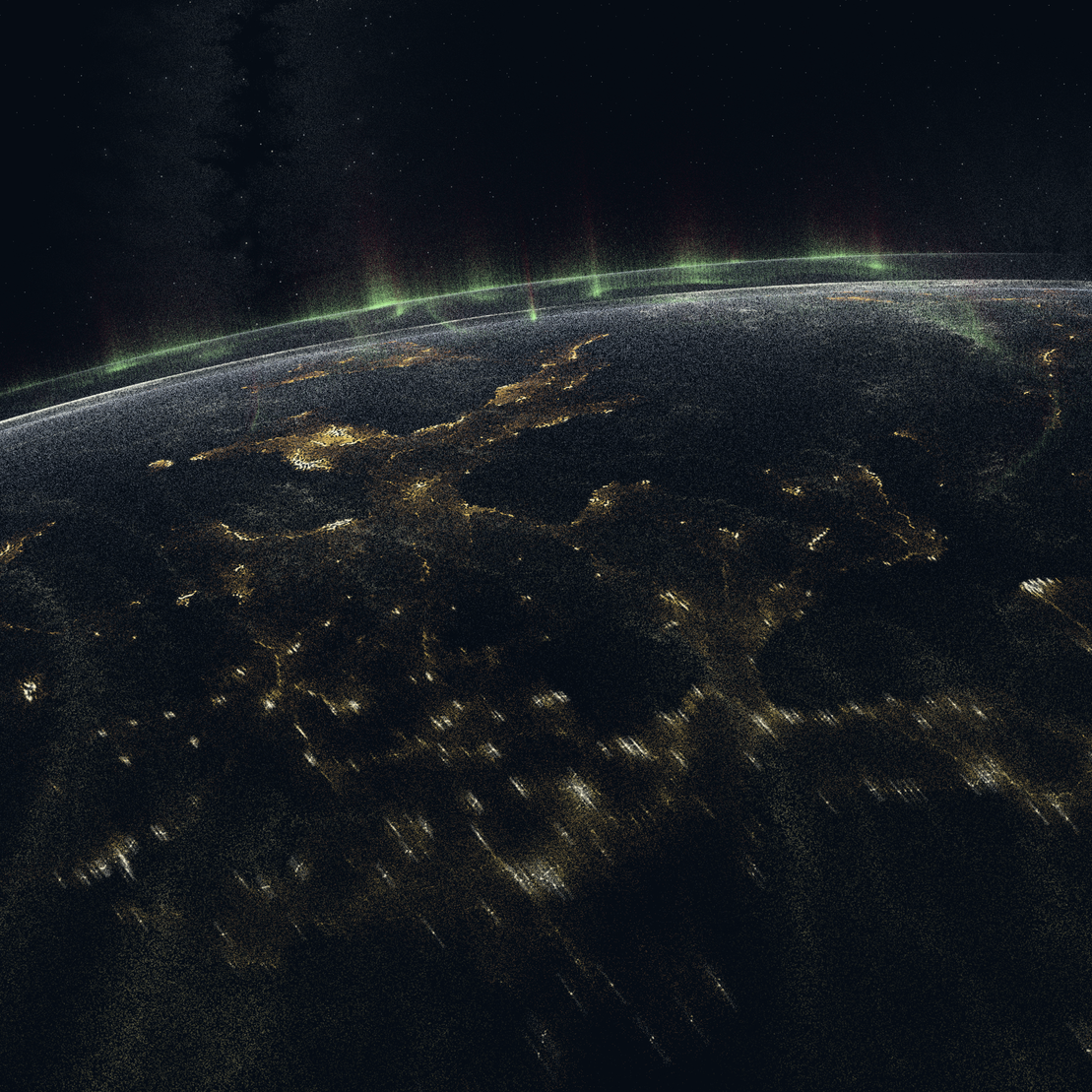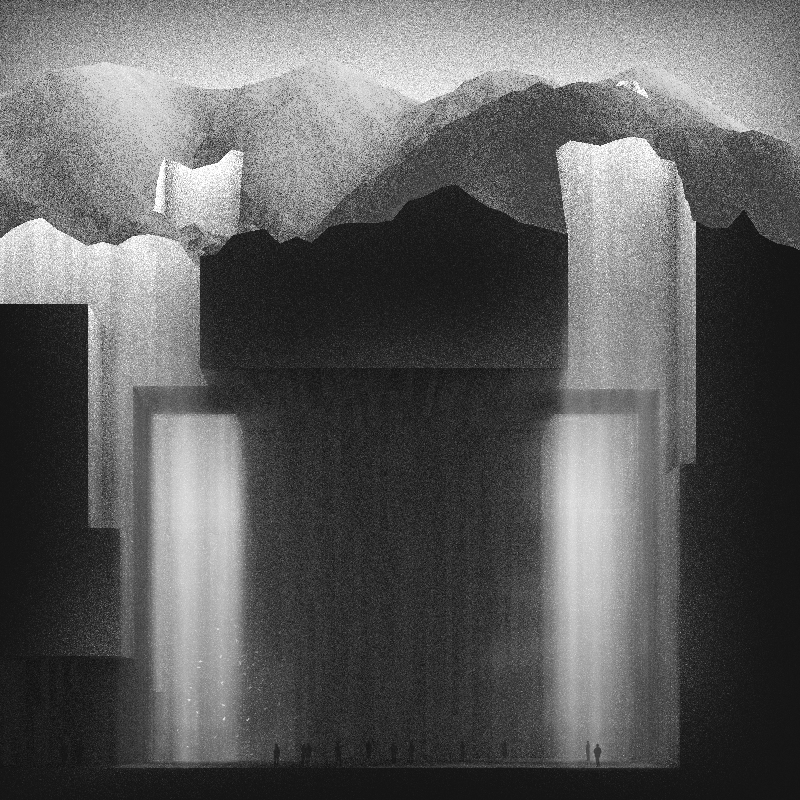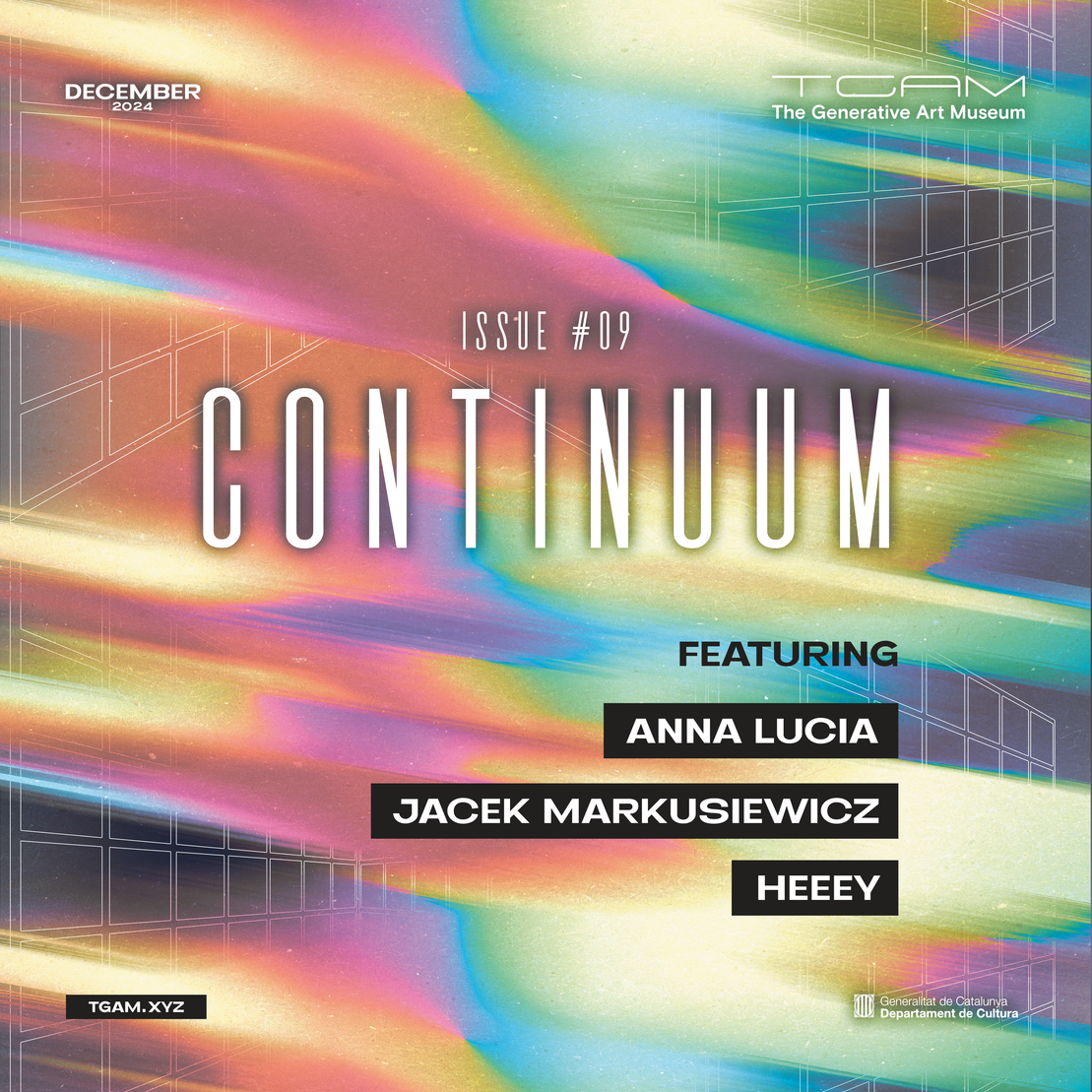
TGAM's Issue #09: Continuum
written by TGAM
Traditional art, rooted in time-honored techniques such as painting, sculpture, and embroidery, often emphasizes the tactile and material aspects of creation. It carries with it a sense of history, craftsmanship, and authenticity that appeals to many. On the other hand, digital art, born from technological advancements, expands the boundaries of what art can be, offering tools for infinite manipulation, interactivity, and scalability. While these differences may seem to set them apart, they are complementary rather than conflicting.
Efforts to bridge this gap are being led by institutions like The Generative Art Museum. TGAM actively works to dissolve the barriers between traditional and digital practices, presenting them as part of a unified artistic continuum. Through exhibitions like their signature series Issue, TGAM showcases works that seamlessly blend digital techniques with traditional forms such as embroidery, architecture, and lighting. By curating pieces that integrate the tactile with the virtual, TGAM demonstrates that these mediums are not opposing forces but interconnected expressions of creativity.
For instance, artists featured in TGAM’s programs often use digital algorithms to design intricate patterns, which are then brought to life through traditional embroidery. Others employ architecture-based techniques or digital lighting to enhance and transform pieces, creating hybrid works that defy easy categorization. These exhibitions challenge audiences to rethink their perceptions, highlighting the ways in which digital tools can elevate traditional practices and vice versa.
This interconnectedness reflects a broader truth: art evolves as a response to the tools and materials available to its creators. In the same way that the introduction of oil paints or photography expanded artistic expression, digital tools are another step in this continuum. Rather than being seen as competing forms, traditional and digital art should be understood as mutually enriching, each offering unique perspectives and possibilities.
Ultimately, bridging the gap between traditional and digital art is not about forcing a convergence but about recognizing that both belong to the same ecosystem. Institutions like TGAM play a pivotal role in demonstrating that these forms of art, when brought together, ensure that artistic expression remains a dynamic, evolving dialogue, reflecting the complexity and richness of the human experience.
The Artists
Anna Lucia
Anna Lucia is an interdisciplinary artist exploring the intersection of code and craft. Her practice involves writing custom software that generates art and creating textile works using an embroidery machine, translating traditional craft techniques into algorithmic systems.
project name project name project name
By integrating randomness, Anna Lucia establishes a mediumistic dialogue between the artist and the computer; and accelerates the exploration of her self-designed systems.
project name project name project name
Her body of work includes generative systems on the block-chain, browser-based animations, machine-assisted textile works, and tattoos, each medium revealing its inherent aesthetics.
project name project name project name
Jacek Markusiewicz
Jacek Markusiewicz (mrkswcz) is an architect and creative coder from Poland with over 15 years of professional and academic experience. He holds a PhD in architecture and urban planning from the Warsaw University of Technology. He specialises in parametric design, generative modelling, programming, machine learning, and responsive design.
project name project name project name
He worked on different architecture and urban planning projects using a parametric approach in offices in Barcelona, Beirut, Warsaw and San Sebastian. As an assistant professor at the Department of Computer-aided Design at the Warsaw University of Technology, he researched human-computer interaction in architectural design processes (augmented reality, haptic interfaces and adaptive design, among others).
project name project name project name
During that time, he worked on multiple interactive installations. Among these were 'Modular Light Cloud' – an interactive installation that formed the stage design for a contemporary dance performance by Liwia Bargieł in Warsaw, and 'Monadologia' – a light installation that was part of Aleksandra Hirszfeld's art project at the Museum of Contemporary Art in Warsaw (both with Marcin Strzała, Warsaw University of Technology). As part of the company RAZ (co-founded with Ander Gortazar Balerdi), Jacek was a lead designer of Polish Table – the central interactive installation for the Polish pavilion at Expo 2020 in Dubai. Other installations include 'Aurora boreal', 'Abbott' and 'Tesseract' – temporary interactive light installations in San Sebastian.
project name project name project name
Since 2021, Jacek has been applying his programming knowledge to the artistic field. His work merges architectural and natural inspirations with forms created by mathematical and algorithmic logic. Exploring such underlying rules is especially visible in Jacek's early artistic works, particularly 'unbuilt' and 'reborn.' The first is a collection of 256 plans of fictional buildings inspired by the grammatical rules behind French sacral architecture of the Middle Ages. The latter is an album of 256 algorithmically generated plans of ideal cities that resemble drawings of Vincenzo Scamozzi, Pietro Cataneo, Filarete and other theorists of the Italian Renaissance.
project name project name project name
In recent years, Jacek has published a series of works reflecting on the dichotomy between nature and human intervention and whether such a distinction exists: 'hollow', which reflects on the use of natural formations as material for artistic expression; 'cantera', which delves into shaping the natural landscape for utilitarian purposes; and 'barbarians', which examines different dichotomies through which we see the world.
project name project name project name
Other works, such as 'de|growth: generations' and '7.356 degrees', explore shaping digital matter through algorithmic rules that drive the formation of abstract three-dimensional structures. He has published works on fx(hash) and Teia. His collaborations extend to platforms and galleries such as Verse, Tender, and BrightMoments. Two of his pieces (Cantera no. 7 and Finale no. 988) were auctioned at Christie's as part of the complete Bright Moments collection.
heeey
Heeey is a generative artist, architect (ETSAB), and coder that lives and works in Barcelona. Through algorithms, he creates systems that allow him to explore concepts in depth from a minimalist perspective using color and simple geometries. He has published collections on Art Blocks, Prohibition, and Highlight among other platforms.
He is interested in exploring co-creation by allowing the user to participate in his algorithms, contributing their taste and experience within the variability that the works allow. Often, data is used as a cornerstone to generate the background structure of his works.
His inspiration comes from his background as an architect. Cities and their urbanism, perspective and linear diagrams.He has also had very practical experience working directly as a stonemason in all kinds of areas and with very diverse materials such as stone, wood, concrete, and brick, materials and experiences that he seeks to incorporate into his artistic practice.
About the TGAM
Welcome to The Generative Art Museum. TGAM is a project dedicated to celebrate and promulgate art made by autonomous systems (non-human) that can independently create artwork.
TGAM is an evolving idea that will challenge our preconception of experiencing, collecting and sharing art. Our goal is to participate in this new era by supporting generative artists in every sense. We will schedule four exhibitions a year: Spring, Summer, Autumn and Winter
Our goal is simple: to spread the word about generative art in all shapes and forms. We embrace any piece where humans interact with automated tools to create unique pieces.
Blockchain has created the perfect playground for a digital renaissance: affordable computers and easy-to-use scripting tools are the icing on the cake for a revolution in the generative art like the world has never seen before. And we are here to talk about it and share this exciting journey.
Past Exhibitions
Issue #01: for the love of art featuring Marcelo Soria-Rodriguez, Ismahelio and Synesthesia
Issue #02: Computergrafik featuring Lisa Orth, Quentin Hocde and Aurora
Issue #03: Red Pill featuring Ryan Bell, Landlines Art and Thomas Lin Pederse
Issue #04: Intersection featuring Andreas Rau, rudxane and riiis
Issue #05: World Wide Art featuring Zancan, Lars Wander and Zach Liebermann
Issue #06: Input Output featuring Anna Carreras, Nadieh Bremer and Alida Sun
Issue #07: Formulae featuring Alejandro Campos, Aleksandra Jovanic and shaderism
Links
The Generative Art Museum Website
